Animals
-
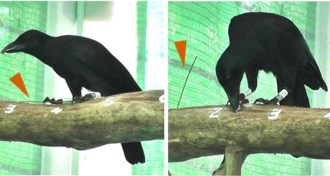 Animals
AnimalsCrows safeguard sticks to speed future food-finding forays
New Caledonian crows safeguard the sticks they use to find food. As the risk of losing the tool increases, the more protective the birds become.
-
 Animals
AnimalsPandas’ gut bacteria resemble carnivores’
Unlike other vegetarians, the bamboo eaters lack plant-digesting microbes.
By Meghan Rosen -
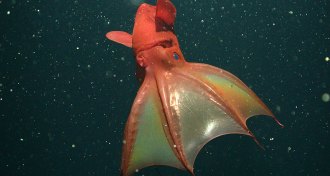 Animals
AnimalsVampire squid take mommy breaks
The vampire squid again defies its sensationalist name with a life in the slow lane.
By Susan Milius -
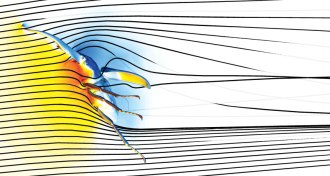 Life
LifeMale stag beetles face weighty problem for flight
Male stag beetles need enormous mandibles to fend off other males and find a mate, but computer simulations show that the giant jaws make running and flying very difficult.
By Susan Milius -
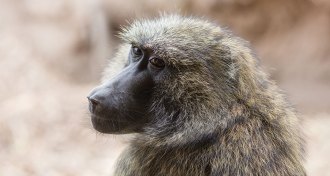 Psychology
PsychologyQuantity counts for baboons
Counting-like logic helps baboons track and compare accumulating sets of peanuts.
By Bruce Bower -
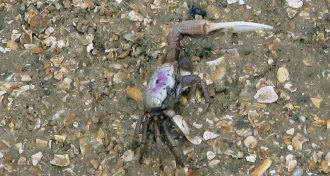 Animals
AnimalsA summer challenge: Observe nature
Opportunities for observing nature are plentiful, no matter where you live.
-
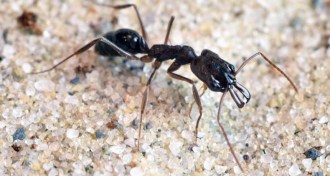 Animals
AnimalsAnts snap jaws, shoot skyward, escape death
Emergency trap jaw launchings help some ants pass death tests.
By Susan Milius -
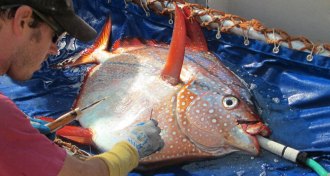 Animals
AnimalsDeepwater dweller is first known warm-hearted fish
The opah, a deep-diving fish, can keep much of its body warmer than its surroundings, making it similar to warm-blooded birds and mammals.
By Susan Milius -
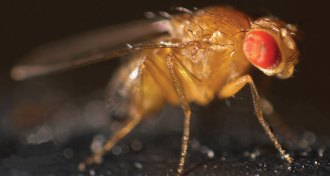 Neuroscience
NeuroscienceFruit flies flee from shadows
Studying flies’ responses to an ominous shadow may lead to a deeper understanding of humans’ emotions.
-
 Animals
AnimalsEarly research asked whether cats dream
Early research asked whether cats dream; researchers still don’t know definitively.
-
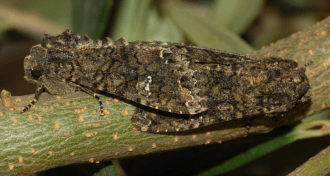 Animals
AnimalsNighttime light pollution sabotages sex pheromones of moths
Artificial lighting at night can trick female moths into releasing skimpy, odd-smelling sex pheromones.
By Susan Milius -
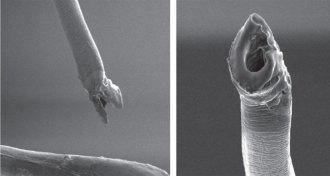 Animals
AnimalsPruning bug genitals revives puzzle of extra-long males
Surgical approach highlights question of length mismatch in his and hers morphologies.
By Susan Milius